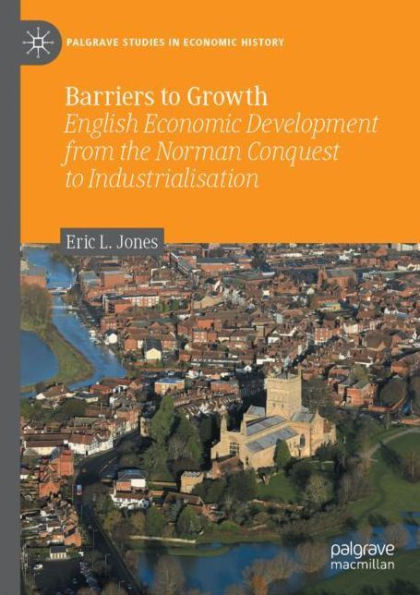5
1
9783030442736



Barriers to Growth: English Economic Development from the Norman Conquest to Industrialisation available in Hardcover, eBook

Barriers to Growth: English Economic Development from the Norman Conquest to Industrialisation
- ISBN-10:
- 303044273X
- ISBN-13:
- 9783030442736
- Pub. Date:
- 04/04/2020
- Publisher:
- Springer International Publishing
- ISBN-10:
- 303044273X
- ISBN-13:
- 9783030442736
- Pub. Date:
- 04/04/2020
- Publisher:
- Springer International Publishing

Barriers to Growth: English Economic Development from the Norman Conquest to Industrialisation
$99.99
99.99
In Stock

Product Details
| ISBN-13: | 9783030442736 |
|---|---|
| Publisher: | Springer International Publishing |
| Publication date: | 04/04/2020 |
| Series: | Palgrave Studies in Economic History |
| Edition description: | 1st ed. 2020 |
| Pages: | 153 |
| Product dimensions: | 5.83(w) x 8.27(h) x 0.00(d) |
About the Author
What People are Saying About This
From the B&N Reads Blog
